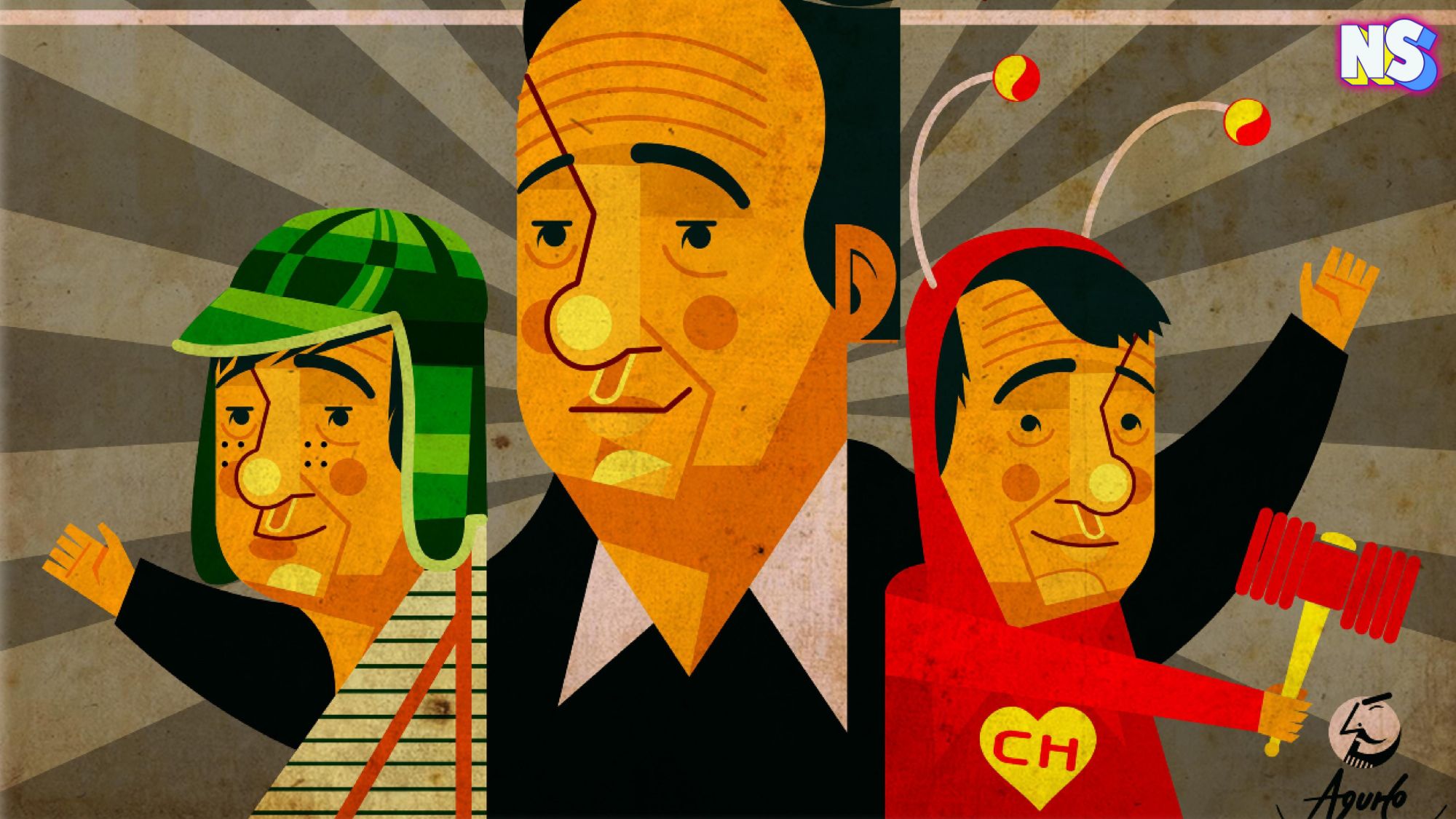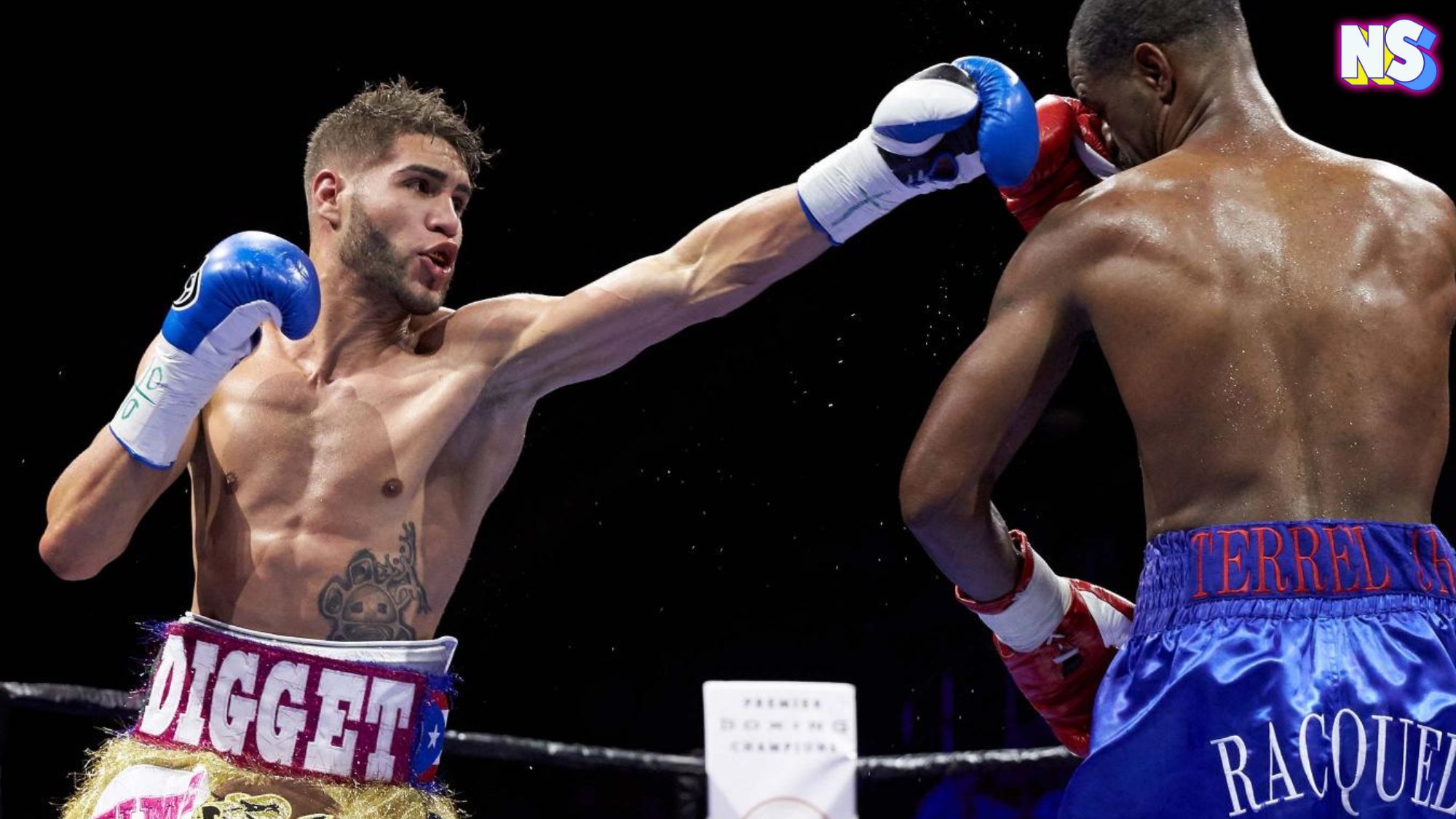Image courtesy of Nuestro Stories.
Vicente Ramon Guerrero is a critical figure in Latin American history. He was a leading revolutionary general of the Mexican War of Independence and Mexico’s “greatest man of color.”
In the early 19th century, he fought against Spain for independence. In addition, he served as the second president of Mexico, the first and only Mexican Afro-Mestizo president, abolishing slavery and coining the phrase “mi Patria es primero.”
A key figure in history
Vicente Ramon Guerrero was pivotal in Black history in the Americas, one that sadly is silent.
Guerrero was born in 1783 in Tixtla, in the state of Guerrero. He came from a mixed family; his father, Juan Pedro Guerrero, was African-Mexican and owned a successful freight business. His mother was Guadalupe Saldaña, a native Mexican.
Both his parents were ardent supporters of Spanish rule.
Guerrero had no formal education growing up. Instead, he farmed and worked as an “arriero,” a mule driver transporting goods in his father’s company. Guerrero’s work as an arriero had him traveling all over Mexico and exposed him to the idea of Mexican independence from Spain.
Vicente Ramon Guerrero soon realized he supported the cause; his mixed background allowed Guerrero to relate to most Mexicans, not just the white Spaniard ruling class. In 1810, Guerrero joined José María Morelos’ rebel army and, in a short time, rose to commander-in-chief after Morelos’s death in 1815.
Four years after the start of the wars of independence, his father, don Pedro Guerrero, asked his son to put down his arms. Guerrero answered with his now famous phrase: la Patria es primero.
He proved that and did more. Guerrero abolished the casta system and, after he was elected president in 1828, abolished slavery in Mexico. In addition, despite facing opposition from all sides, he advocated for public schools, land title reform, and industry development.
Guerrero was deposed in 1829 (by a rebellion led by Vice President Anastasio Bustamante) and died via firing squad in 1831. But why was Guerrero executed instead of being forced into exile?
According to what Mexican intellectual Lorenzo de Zavala and one of Mexico’s leading liberals wrote in his letters — (he and Guerrero wrote to each other frequently) — his death was a warning to non-white Mexicans not to rise above their “place.” Today, Guerrero is considered a martyr and a hero, and his statue stands in Mexico City’s Plaza de San Fernando.
It’s essential to award Guerrero his rightful place in Mexico’s history. He is also vital to the U.S Hispanic community, where a quarter of Latinos identify as Afro-Latino, and the presence of strong Black figures in Latin American history is lacking. Our history has always been told through the eyes of a dominant white culture. It’s time to tell our narrative and put la Patria primero.
https://nuestrostories.com/wp-content/uploads/2022/06/Susanne-182×250.jpeg





